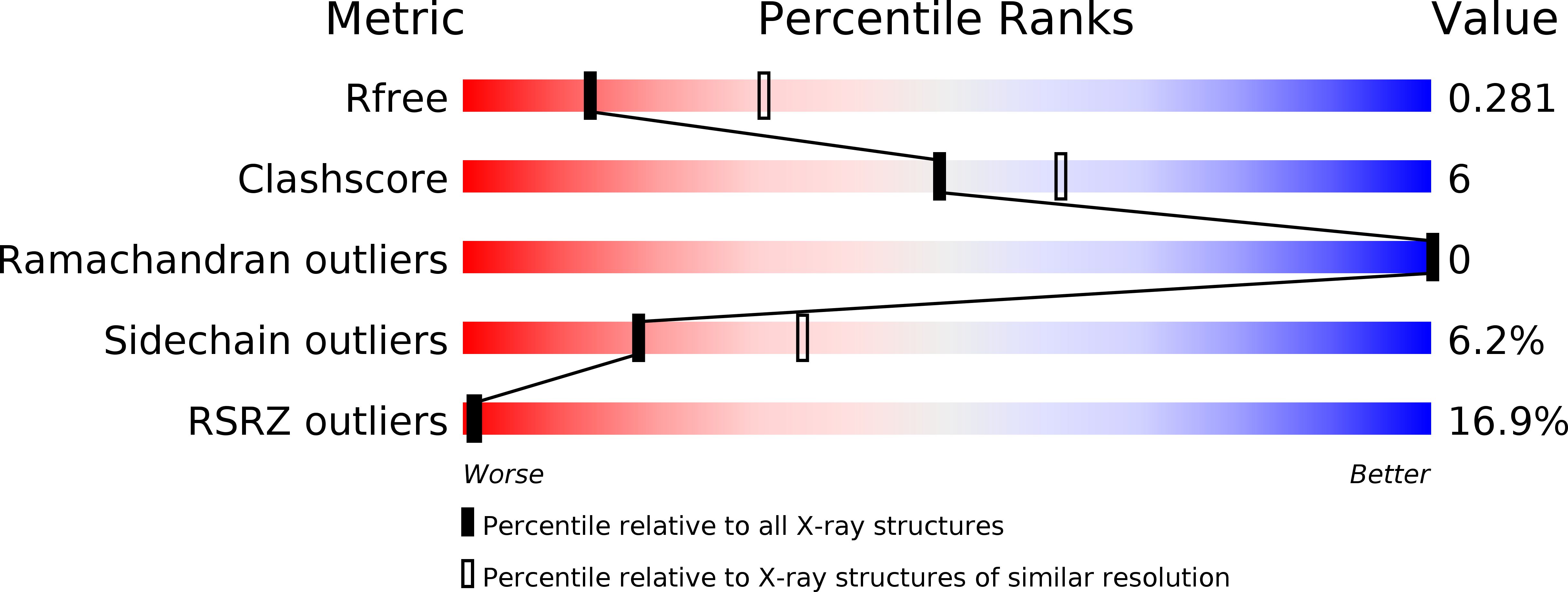
Deposition Date
2011-08-08
Release Date
2012-09-19
Last Version Date
2024-11-06
Method Details:
Experimental Method:
Resolution:
2.84 Å
R-Value Free:
0.26
R-Value Work:
0.22
R-Value Observed:
0.22
Space Group:
P 65 2 2


